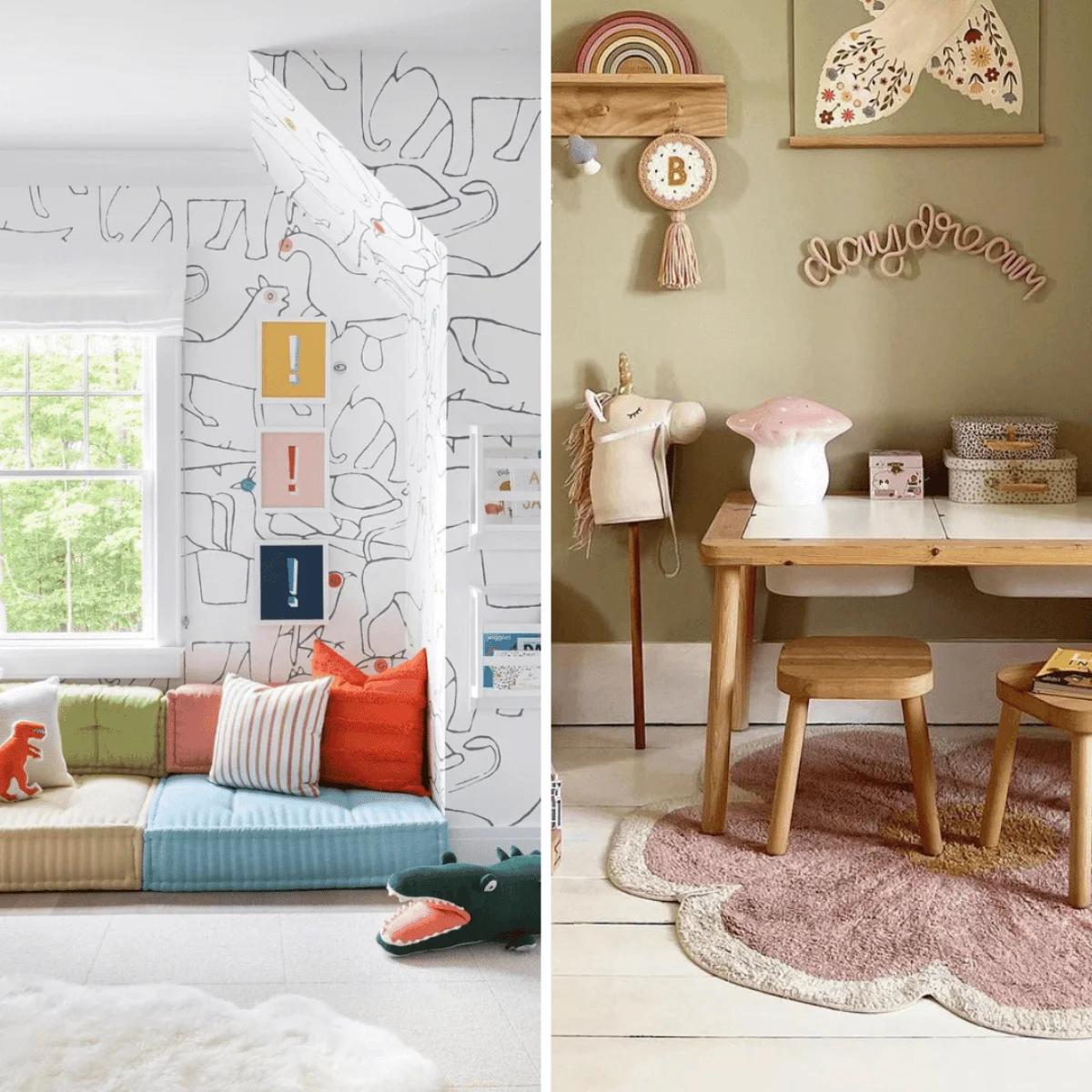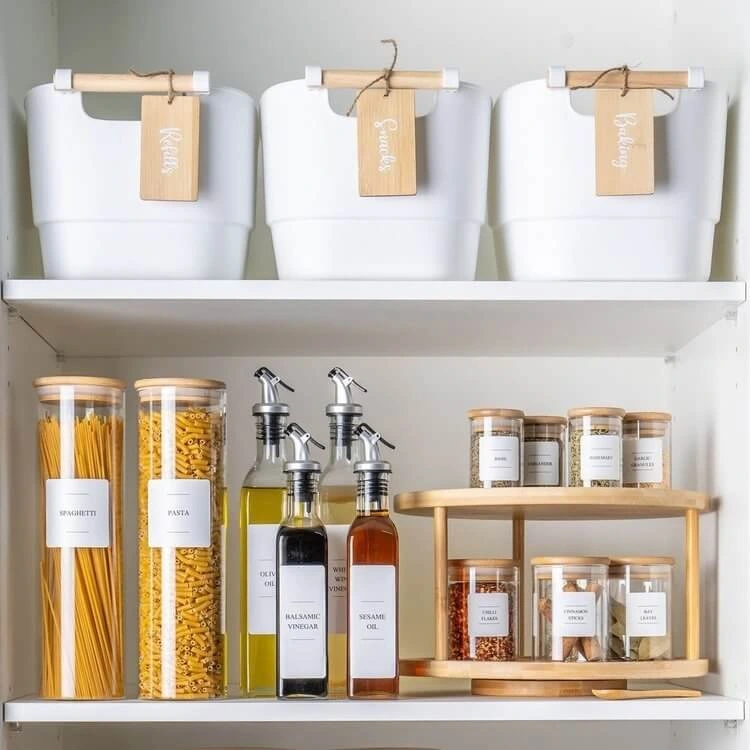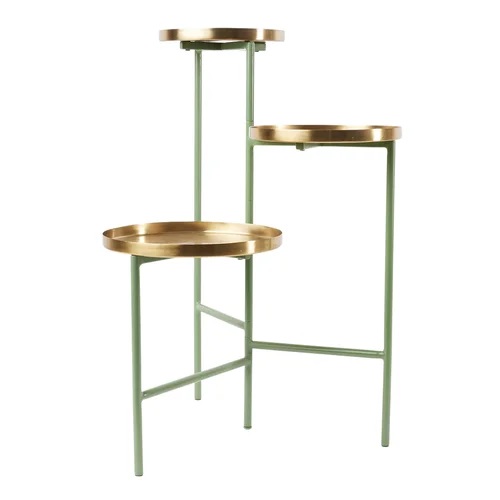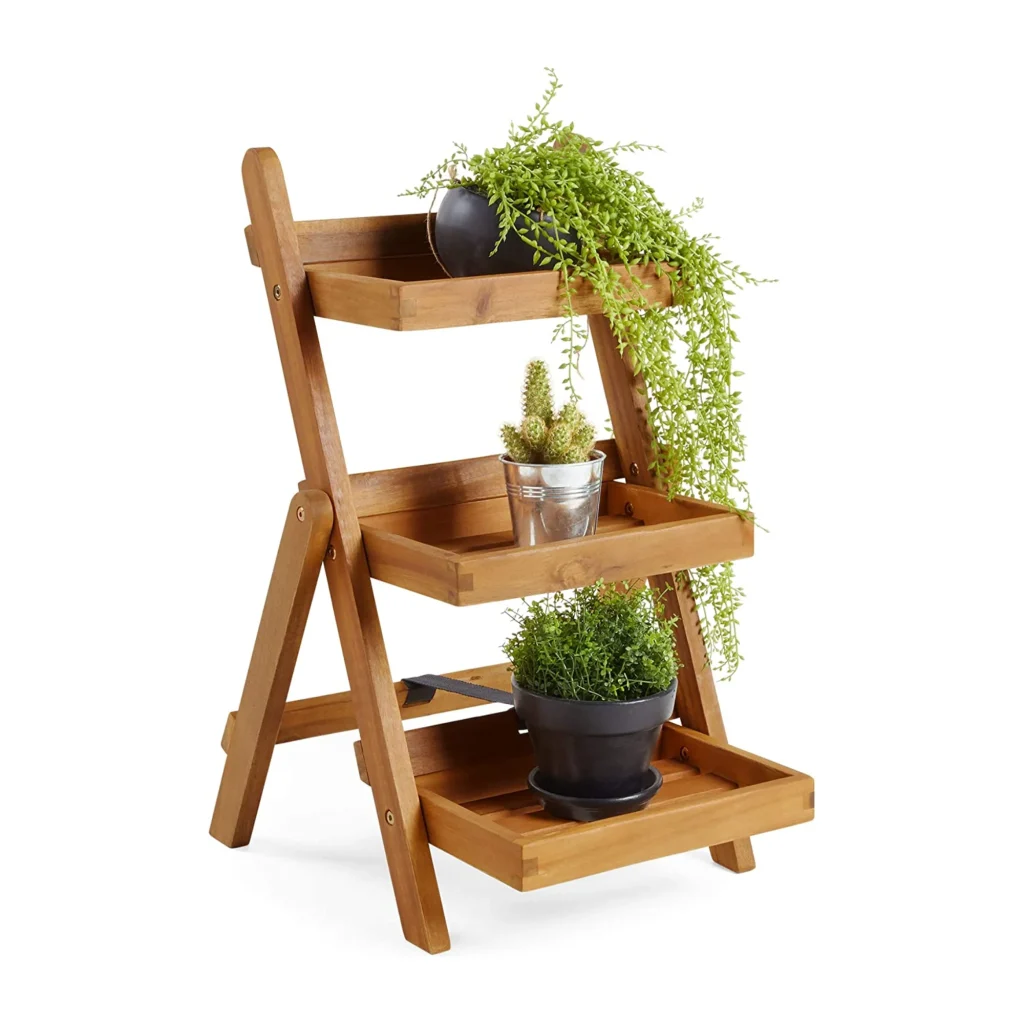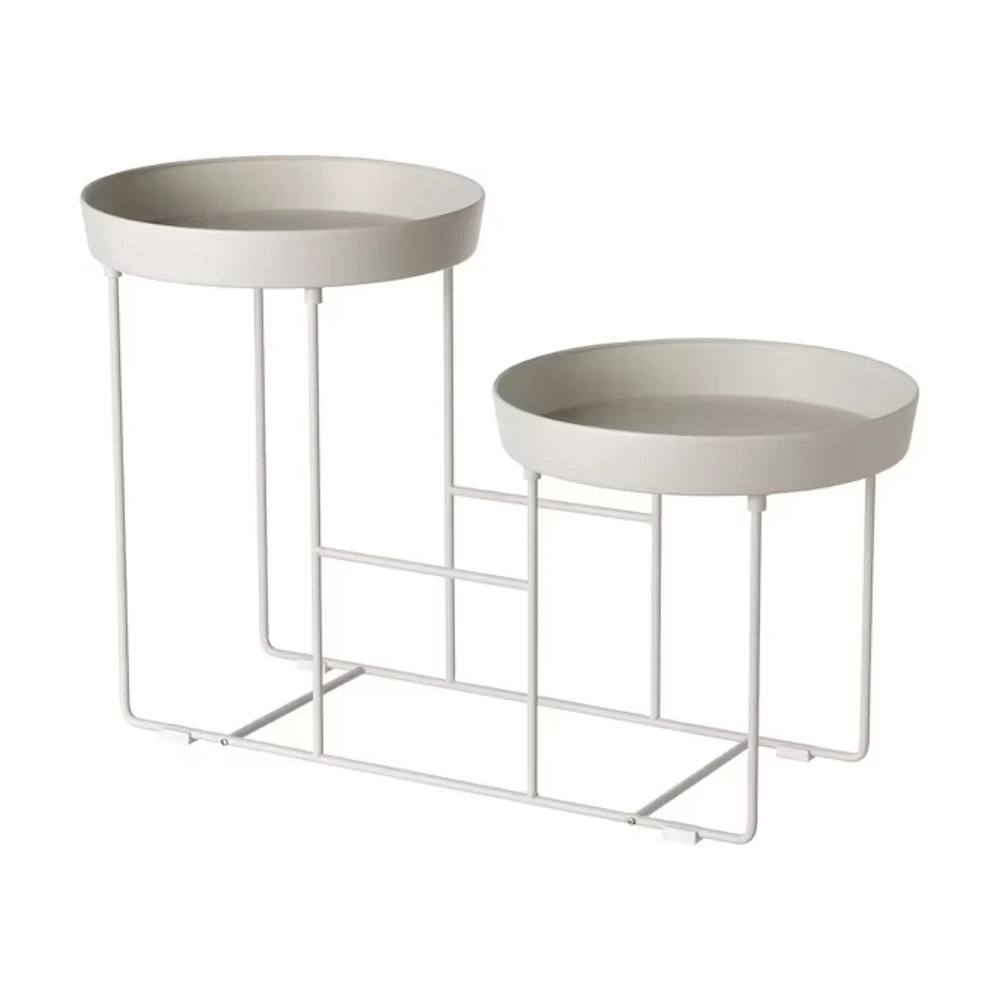How To Radiate Feminine Energy
Let’s talk about something that often goes unnoticed but plays a crucial role in our lives – feminine energy. In the big picture of human energy, it’s like a quiet foundation, often overshadowed by its more visible counterpart, masculine energy!
You’ve probably heard of yin and yang, right?
Well, feminine energy is the yin in that equation. It’s got a subtle radiance that’s often misunderstood or overlooked.
That’s why we’re here today!
This friendly guide aims to shed some light on feminine energy – what it really is, why it matters, and how it can help us become more balanced individuals. Think of it as a friendly exploration of a part of ourselves that we might not always pay attention to.
In today’s world, we often associate power and strength with typically masculine traits. But here’s an interesting thought: what if tapping into our divine feminine energy could be just as empowering?
Discovering and developing this side of ourselves isn’t just about personal growth. It’s also about creating a more balanced perspective on what it means to be strong and capable.
What Is Feminine Energy?

Let’s start by clearing up a common misconception: feminine energy isn’t gender specific!
It’s more like a set of qualities we all have inside us, regardless of how we identify. Think of it as the yin to masculine energy’s yang.
Here’s what feminine energy often looks like:
Sensuality: Engaging fully with your senses and enjoying life’s pleasures. This could be savouring a delicious meal, enjoying a soft breeze, or appreciating beautiful art.
Empathy and Compassion: Being able to understand and share the feelings of others. It’s like having an emotional radar that helps you connect with people on a deeper level.
Creativity: Expressing yourself and coming up with new ideas. This isn’t just about being artistic – it could be finding creative solutions to everyday problems too.
Nurturing: Taking care of yourself and others in a supportive way. It’s that instinct to water your plants, check in on a friend, or make sure you’re getting enough rest.
Intuition: Trusting your inner wisdom and gut feelings. You know that little voice that sometimes pops up with insights? That’s your intuition saying hello.
Collaboration: Working well with others and valuing teamwork. It’s about creating harmony and finding ways for everyone to shine.
Receptivity: Being open to new ideas, experiences, and perspectives. It’s like being a sponge for life’s lessons and opportunities.
Flexibility: Adapting to change and going with the flow. Life throws curveballs, and feminine energy helps you dance with them.
Remember, these traits aren’t exclusive to feminine energy, but they’re often associated with it.
The cool part is – we all have access to both feminine and masculine energies!
So, it’s really not about choosing one over the other but finding a balance within oneself and with the world around us.
As Maya Angelou beautifully put it, “A woman in harmony with her spirit is like a river flowing. She goes where she will without pretense and arrives at her destination prepared to be herself.”
Connecting With Your Feminine Energy
Now that we’ve explored what feminine energy encompasses, let’s delve into 5 practical ways to connect with and nurture this energy within ourselves.
- Practicing Self-Care & Self-Love
An indispensable part of connecting with feminine energy is the practice of deep self-love and care. This goes beyond surface-level pampering (though that can be part of it!) and involves truly listening to your needs, setting healthy boundaries, and making choices that honour your well-being.
Try these practices:
- Start your day with a self-appreciation ritual. Look in the mirror and say three things you love about yourself.
- Create a nourishing self-care routine that addresses your physical, emotional, and spiritual needs.
- Practice saying “no” to things that don’t align with your values or energy levels.
- Treat yourself with the same kindness and understanding you’d offer a dear friend.
When we cultivate a loving relationship with ourselves, we become vessels of love and compassion for the world around us.
- Embracing Vulnerability & Emotional Intelligence

To be in touch with our femininity means welcoming vulnerability and sharpening our emotional intelligence. This involves recognising and managing our own emotions, as well as understanding and influencing the feelings of others.
Here are some ways to cultivate emotional intelligence and embrace vulnerability:
- Practice mindfulness to become more aware of your emotions as they arise.
- Share your feelings with trusted friends or in a journal.
- When conflicts arise, try to understand the emotions driving the situation rather than just reacting.
- Allow yourself to cry, laugh, or express anger in healthy ways.
By embracing our vulnerability, we step into our power, fostering deeper connections and richer experiences.
- Cultivating Intuition & Creativity
Our intuition is perhaps our greatest feminine superpower – a silent guide that speaks to us through our deepest instincts. Creativity, on the other hand, is our spirit’s urge to manifest the unseen, whether through art, problem-solving, or innovative thinking.
To enhance your intuition and creativity:
- Practice quiet reflection or meditation to tune into your inner voice.
- Before making decisions, check in with your body. What physical sensations arise?
- Engage in creative activities without judgment – paint, write, dance, or craft purely for the joy of it.
- Trust your first impressions and gut feelings more often.
Nurturing these qualities unleashes a world of possibilities and personal agency.
- Connecting with Nature

Feminine energy is closely tied to the natural world. Spending time in nature can help us reconnect with our innate feminine wisdom and rhythms.
Try these nature-based practices:
- Take regular walks in natural settings, paying attention to the sights, sounds, and smells around you.
- Practice grounding by walking barefoot on grass, sand, or soil.
- Observe natural cycles like the phases of the moon or changing seasons, reflecting on how they mirror your own internal cycles.
- Bring elements of nature into your living space with plants, crystals, or natural materials.
- Embracing Your Sensuality
Feminine energy is deeply connected to sensuality and pleasure. This doesn’t necessarily mean sexuality (though it can include that), but rather a full embrace of the joys available through our senses.
To enhance your connection to sensuality:
- Engage in activities that please your senses – listen to beautiful music, enjoy delicious foods mindfully, wear fabrics that feel good against your skin.
- Practice body appreciation, focusing on how your body feels rather than how it looks.
- Explore movement practices like dance or yoga that help you connect with your body.
- Create beauty in your environment in ways that delight your senses.
How To Balance Feminine & Masculine Energies

While this guide focuses on how to radiate feminine energy, it’s crucial to understand that true balance comes from an interplay of both feminine and masculine energies.
We all possess both, and learning to harmonise them leads to a more integrated, authentic self.
Recognising The Value Of Both Energies:
We live in a world of duality, and embracing both masculine and feminine energies acknowledges the necessity of each.
Masculine energy, with its assertiveness and structure, provides the framework for action, while feminine energy infuses life with depth and meaning.
Masculine energy often manifests as:
- Action-oriented behaviour
- Analytical thinking
- Goal-setting and achievement
- Leadership and decisiveness
- Independence and self-reliance
Feminine energy, as we’ve explored, tends towards:
- Receptivity and openness
- Intuitive understanding
- Nurturing and collaboration
- Emotional expressiveness
- Cyclical awareness and flow
Neither energy is inherently better than the other – both have their strengths and potential drawbacks when out of balance.
Tips For Finding Harmony & Balance:

Creating harmony between these energies involves self-awareness, acceptance, and intentional practice. Here are some strategies to help you find your unique balance:
- Awareness: Start by observing yourself in different situations. When do you naturally lead with masculine energy? When does your feminine energy shine through? There’s no right or wrong – just notice the patterns.
- Flexibility: Practice shifting between energies as needed. For example, you might use masculine energy to set goals and create a plan, then switch to feminine energy to collaborate with others and adapt as necessary.
- Integration: Look for ways to blend both energies. For instance, when making a decision, combine logical analysis (masculine) with intuitive feeling (feminine).
- Experimentation: Try activities that help you tap into your less dominant energy. If you’re typically very action-oriented, experiment with receptive practices like meditation. If you tend to go with the flow, practice setting and achieving concrete goals.
- Appreciation: Learn to value both energies equally, in yourself and others. Recognize that different situations may call for different energetic approaches.
- Balance in Relationships: Notice the energy dynamics in your relationships. Do you tend to take on more masculine or feminine energy with certain people? How might you create more balance?
- Holistic Self-Care: Develop a self-care routine that nurtures both your masculine and feminine aspects. This might include both active pursuits and restful, receptive activities.
By practising the art of energy management, we become more adaptable and effective in navigating life’s complexities.

